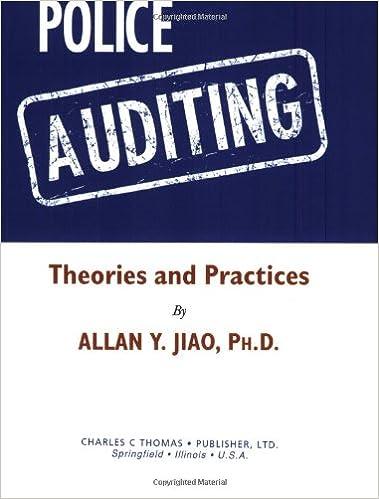QUESTION 4 (25 MARKS) Selesa Bhd (SB) manufactures office chairs. It has been observed that sales for the current year have fallen compared to the previous year. Therefore, Atan, the marketing manager at SB has conducted a research to find out the reasons for the decrease. He discovered that a competitor has started selling a set of 10 chairs at a lower price of RM2,000. He estimated that in order to maintain the demand, the company will have to rework the pricing decisions and cost structures. As a result, the directors requested the accounting team to compare SB's cost accounting system with the competitors' system. They discovered that the competitor has adopted target costing approach for its product. Hence, the directors decided to implement target costing to manage costs and capture the market position back. a Currently SB sells a set of 10 chairs for RM2,275. SB's management has decided to sell each set for RM2,000 in order to meet the competition. The management expects to maintain a 25% return on sales. It has budgeted the sale of 10,000 sets of chairs at RM2,000 per set for the coming period. Due to fluctuations in business volume, SB has more labor than what is required. SB's cost department has estimated that 5 % of the hourly rate is paid to carpenters for idle time. The following is the cost structure for SB. 1. The wooden sheets (raw materials) required to make one set of chairs has been purchased for RM20 per sheet. 10 sheets are required to make one set of 10 chairs. 2. Polish used to finish the chairs is purchased at RM15 per bottle. One whole bottle is required to polish one chair. 3. Other accessories used for the chair are brought in at the rate of RM12 per chair. 4. 5 hours are needed to complete one chair. Carpenters are paid at the rate of RM5 per hour 5. Assembly workers are paid at the rate of RM4 per hour for assembling one chair. 30 minutes are needed to assemble one chair. 6. Overheads are observed on the basis of total hours worked on carpentry work. SB's carpentry department generally works for 80,000 hours per year. Data relating to the last two month's production overhead are as follows: Month Production overheads Labour hours in Carpentry Department 5,000 9,000 1 RM80,000 RM120,000 2 Required: a) Describe the target costing process that SB should take on. (7 marks) b) Explain the implications of using target costing on cost control. (4 marks) BBF312/June2016 Page 5 of 6 c) Calculate the expected cost per unit of each set. Identify the difference between the expected cost and the target cost per unit of each set. (14 marks) *END OF QUESTIONS QUESTION 4 (25 MARKS) Selesa Bhd (SB) manufactures office chairs. It has been observed that sales for the current year have fallen compared to the previous year. Therefore, Atan, the marketing manager at SB has conducted a research to find out the reasons for the decrease. He discovered that a competitor has started selling a set of 10 chairs at a lower price of RM2,000. He estimated that in order to maintain the demand, the company will have to rework the pricing decisions and cost structures. As a result, the directors requested the accounting team to compare SB's cost accounting system with the competitors' system. They discovered that the competitor has adopted target costing approach for its product. Hence, the directors decided to implement target costing to manage costs and capture the market position back. a Currently SB sells a set of 10 chairs for RM2,275. SB's management has decided to sell each set for RM2,000 in order to meet the competition. The management expects to maintain a 25% return on sales. It has budgeted the sale of 10,000 sets of chairs at RM2,000 per set for the coming period. Due to fluctuations in business volume, SB has more labor than what is required. SB's cost department has estimated that 5 % of the hourly rate is paid to carpenters for idle time. The following is the cost structure for SB. 1. The wooden sheets (raw materials) required to make one set of chairs has been purchased for RM20 per sheet. 10 sheets are required to make one set of 10 chairs. 2. Polish used to finish the chairs is purchased at RM15 per bottle. One whole bottle is required to polish one chair. 3. Other accessories used for the chair are brought in at the rate of RM12 per chair. 4. 5 hours are needed to complete one chair. Carpenters are paid at the rate of RM5 per hour 5. Assembly workers are paid at the rate of RM4 per hour for assembling one chair. 30 minutes are needed to assemble one chair. 6. Overheads are observed on the basis of total hours worked on carpentry work. SB's carpentry department generally works for 80,000 hours per year. Data relating to the last two month's production overhead are as follows: Month Production overheads Labour hours in Carpentry Department 5,000 9,000 1 RM80,000 RM120,000 2 Required: a) Describe the target costing process that SB should take on. (7 marks) b) Explain the implications of using target costing on cost control. (4 marks) BBF312/June2016 Page 5 of 6 c) Calculate the expected cost per unit of each set. Identify the difference between the expected cost and the target cost per unit of each set. (14 marks) *END OF QUESTIONS








